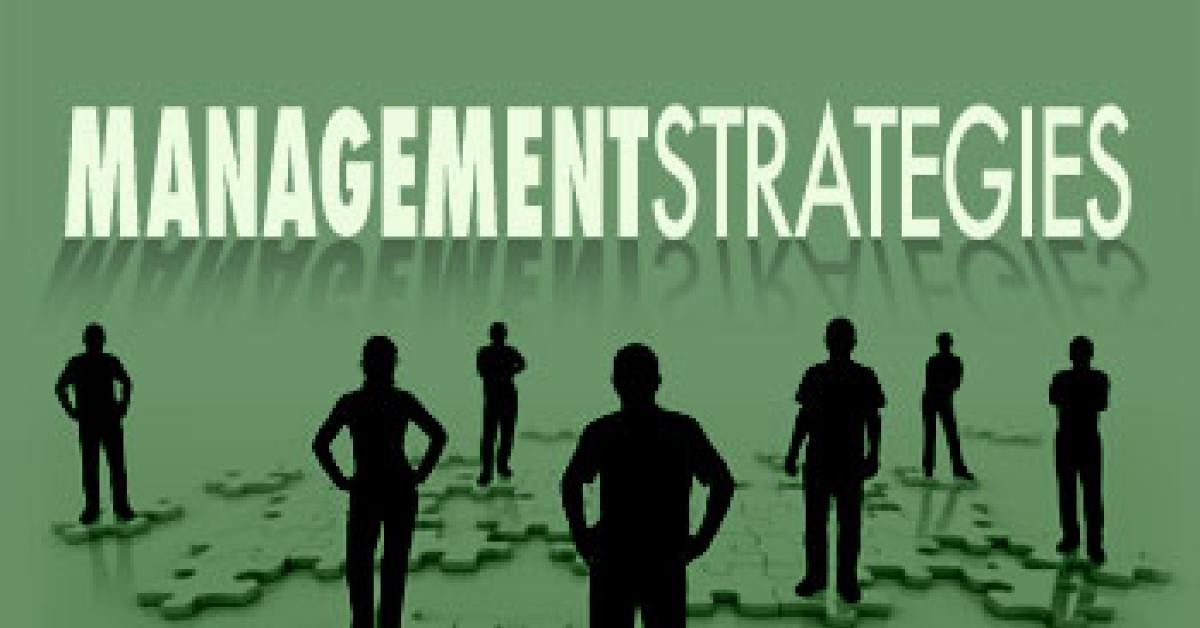SAN FRANCISCO — Are you thinking of changing or adding solvents? Are the various considerations adding to the complexity of making your decision? You are right to weigh all the issues, so perhaps we can outline some of them to help simplify your conclusions (for now).
Whatever choices you make, they may be only temporary because of the dynamic environment in which you operate your business.
This temporary nature is also true for this major decision regarding your choice of solvent(s), but the expense of a change complicates it further and limits the number of times you can make a change, so planning ahead is essential.
THE CONSIDERATIONS. For the purposes of this column, we are leaving the discussion of the negative effects of perc and other solvents to others. But the net effect of the perception-versus-reality argument is that many perceive dry cleaning as being “bad.” In addition to having a major impact on dry cleaners, that perception directly influences the thinking of politicians, regulators, landlords and consumers.
Your mission is to evaluate the impact on your operation.
The following list includes factors to be weighed to determine if you should continue with the solvent alternative you now use, make a minor adjustment, or if you need to make a major change resulting in an entirely new path.
You may want to rank each factor on a 1-5 scale, with 1 being no change needed at present and 5 indicating that an immediate change is required. The interim numbers represent more or less pressure or immediacy due to that specific factor.
It may be appropriate to repeat this process for expectations five years and/or 10 years in the future, depending upon the expected life of the drycleaning machine you use.
EFFECTIVENESS
Is your current solvent doing a good job of cleaning? If the answer is yes, move on to the next consideration.
If not, what steps need to be taken to correct this situation? Can refining the processes solve it, or has the solvent been proven to hold the blame? How can you augment your cleaning arsenal to solve the problem?
POLITICIANS/REGULATORS’ DIRECTIVE
Most jurisdictions have directives in place or have proposed restrictions that are being considered. Be clear on your alternatives under those directives and learn as much as possible about the probable future direction of the regulatory tendencies to avoid a costly future change from the choice you make. It is common for the restrictions to become more rigid in relatively short time frames. (Making you available as a resource can help bring realism to the process.)
LANDLORD REQUIREMENTS
More landlords are restricting the solvent alternatives allowed on their properties. If they have not done so at this point, it is realistic to expect it in the near future.
CONSUMER PERCEPTION
Whatever the science, the consumer decides what and where to buy.
Market Image — Consumers are being bombarded by negative information about environmental pollutants in general and in drycleaning solvents specifically. Even the “eco” marketing of alternative solvents has been shown to leave a bad impression of dry cleaning in general. Consumers have become skeptical of “green” messages and generally have no desire to become chemical experts. The extent of the consumer concern varies regionally and by economy, so the impact in your market may range from little to the extreme.
If you are, or desire to be perceived as, the leading dry cleaner in the market, environmental leadership may be an important part of your image.
Market Share — Have you promoted your environmental measures successfully? Has a competitor encroached on your customer base with a greener message? The answers can serve as a gauge for your decision.
Check back tomorrow for Part 2!
Have a question or comment? E-mail our editor Dave Davis at [email protected].

